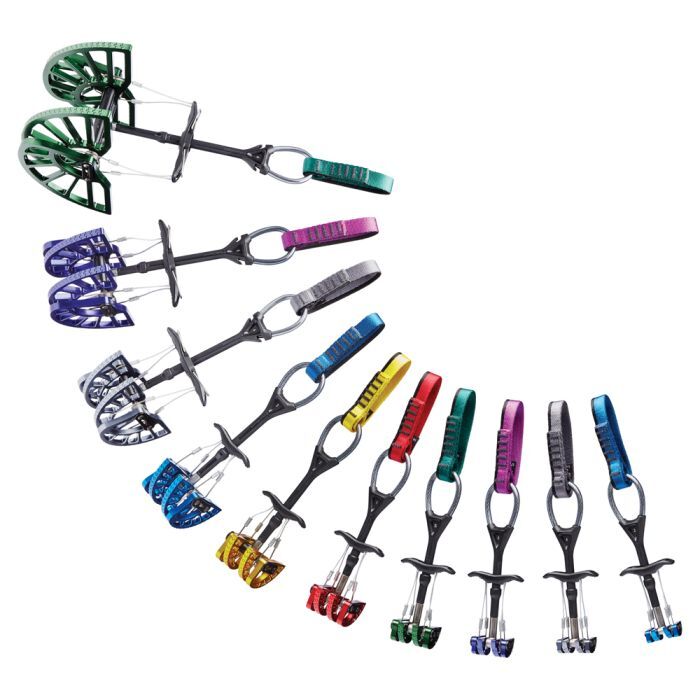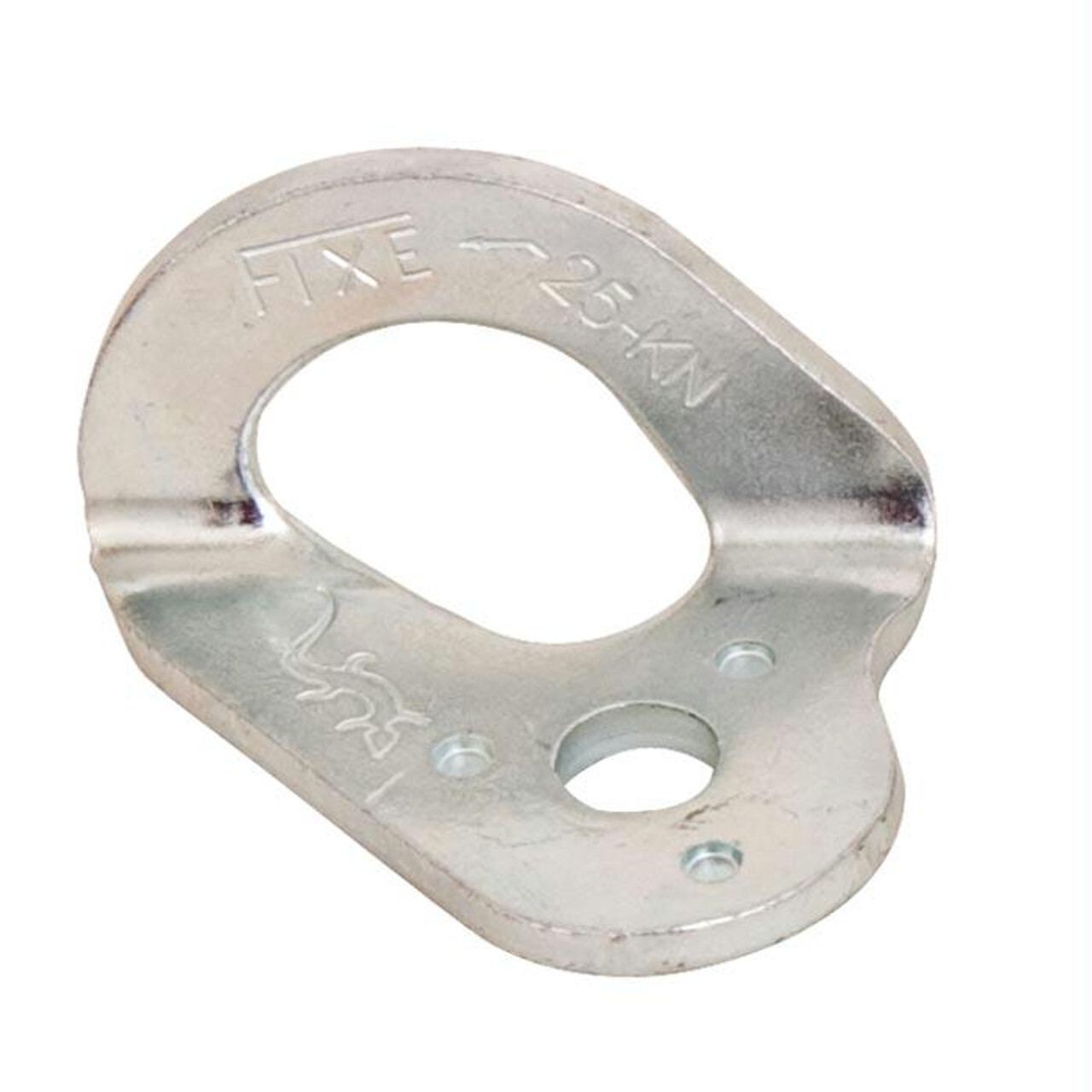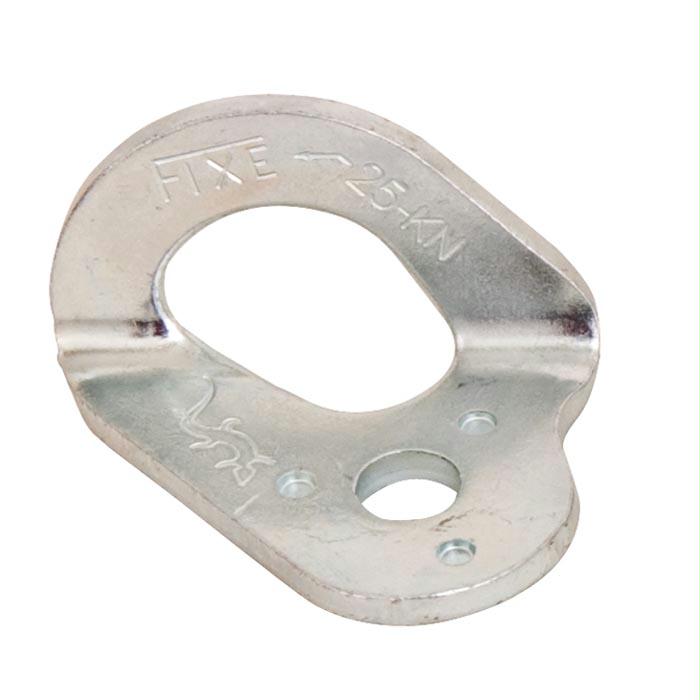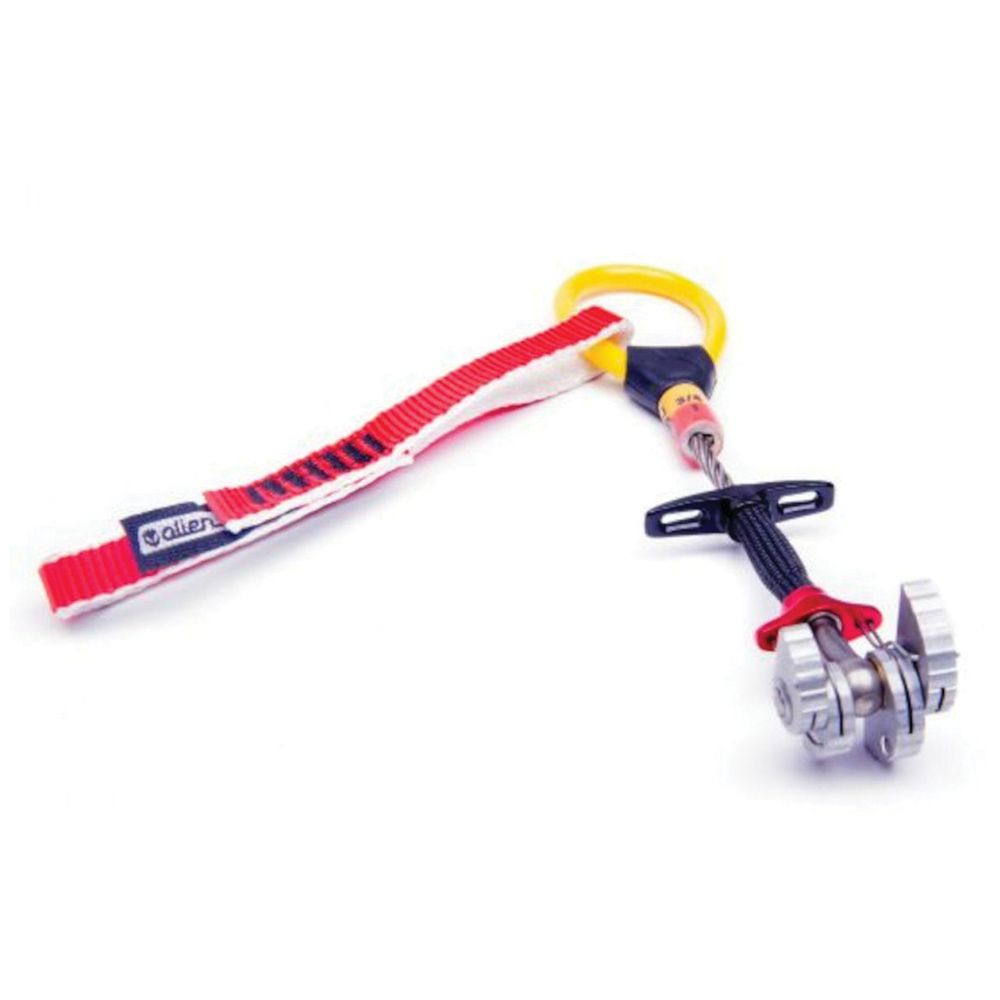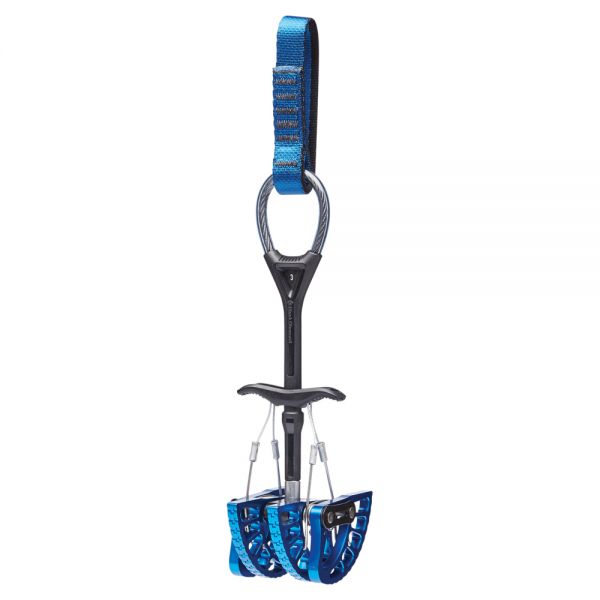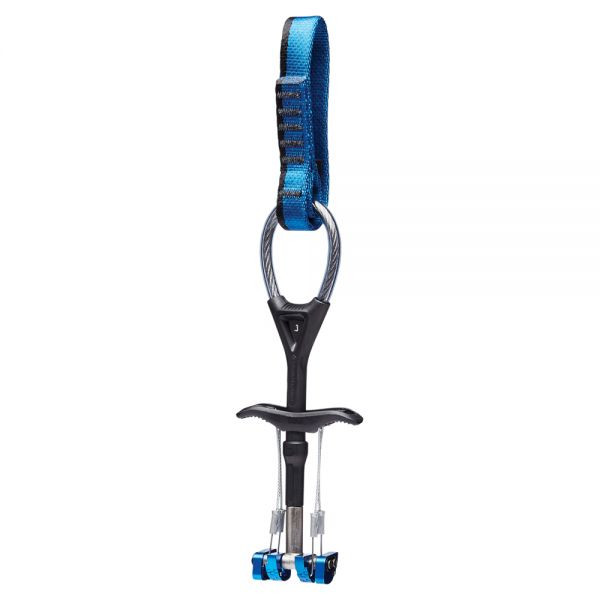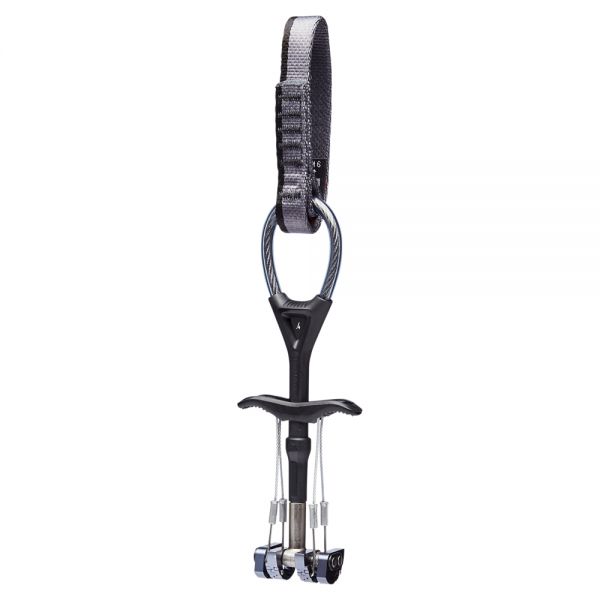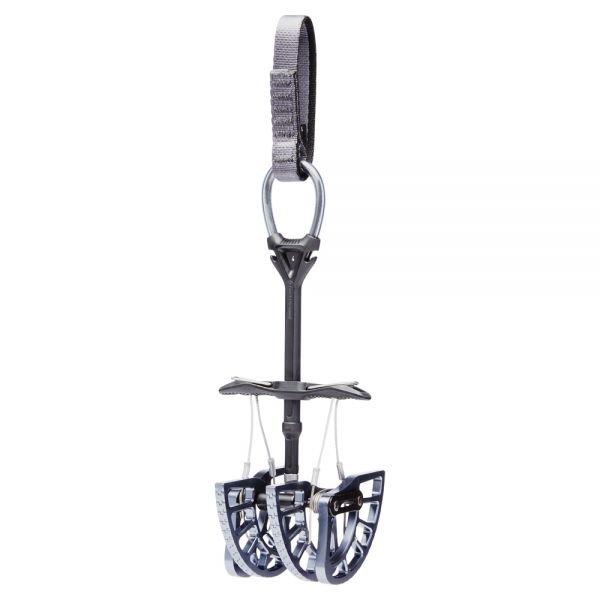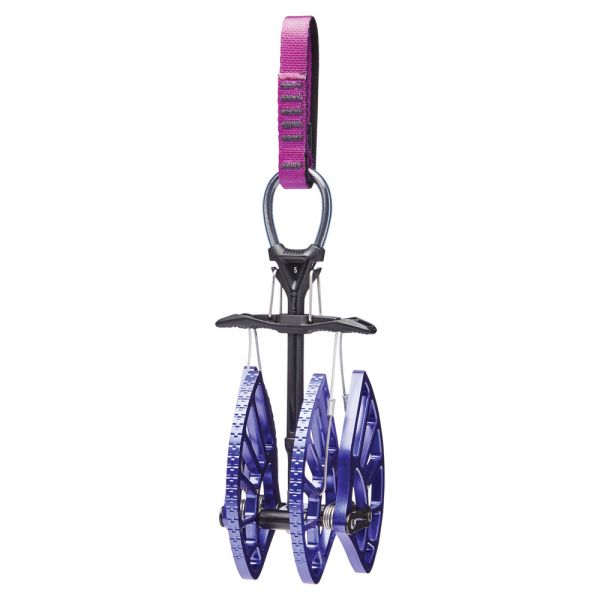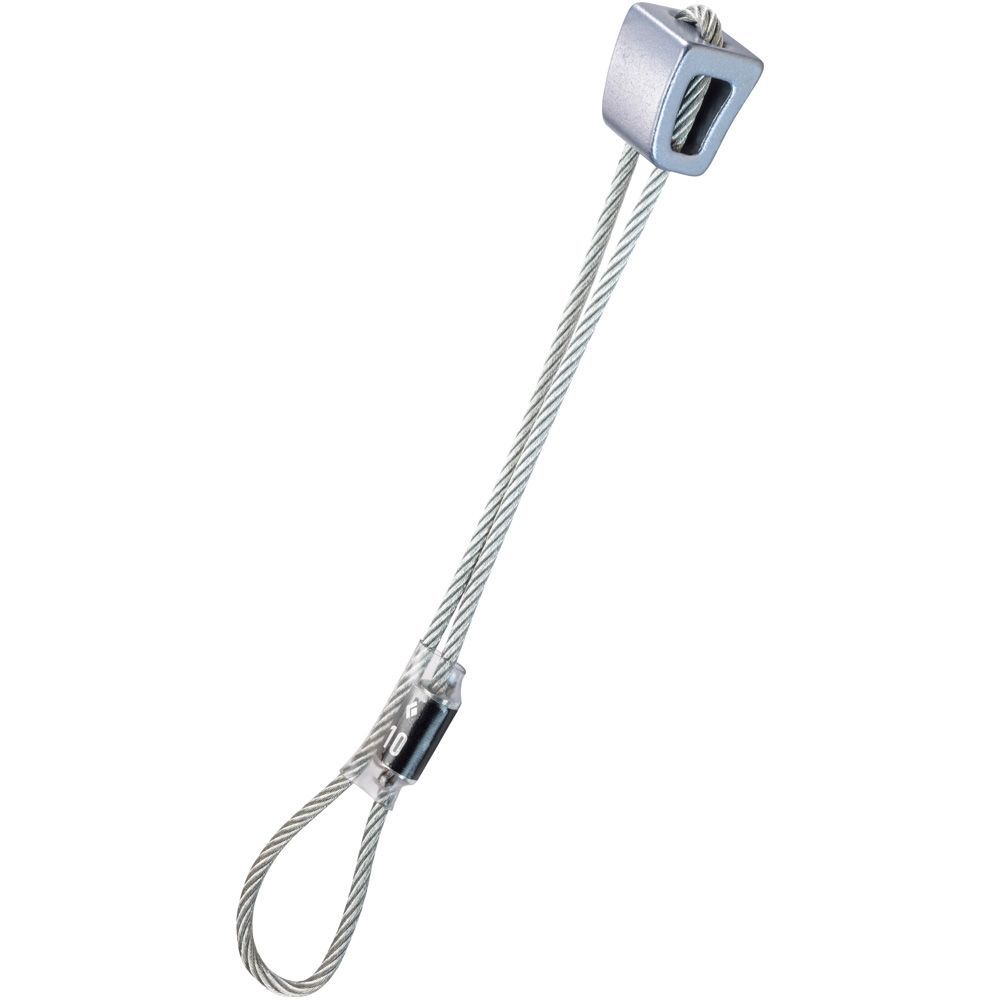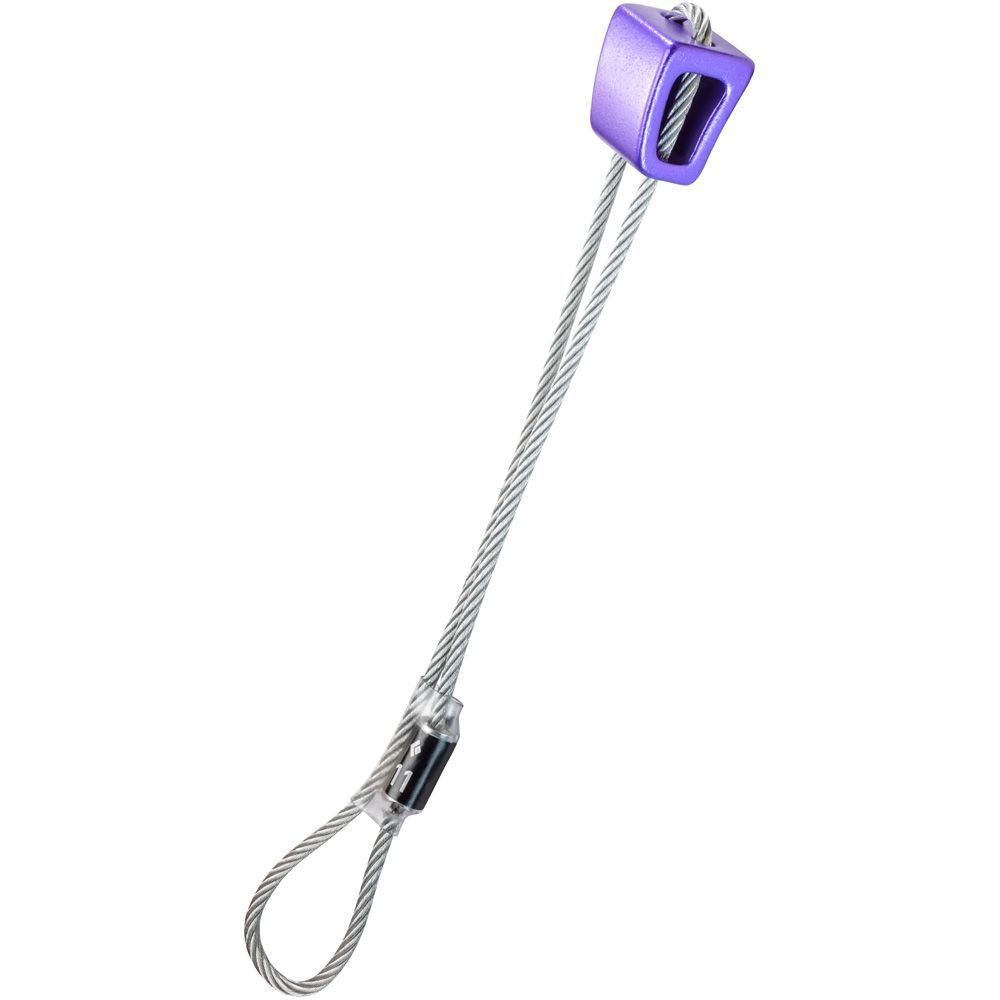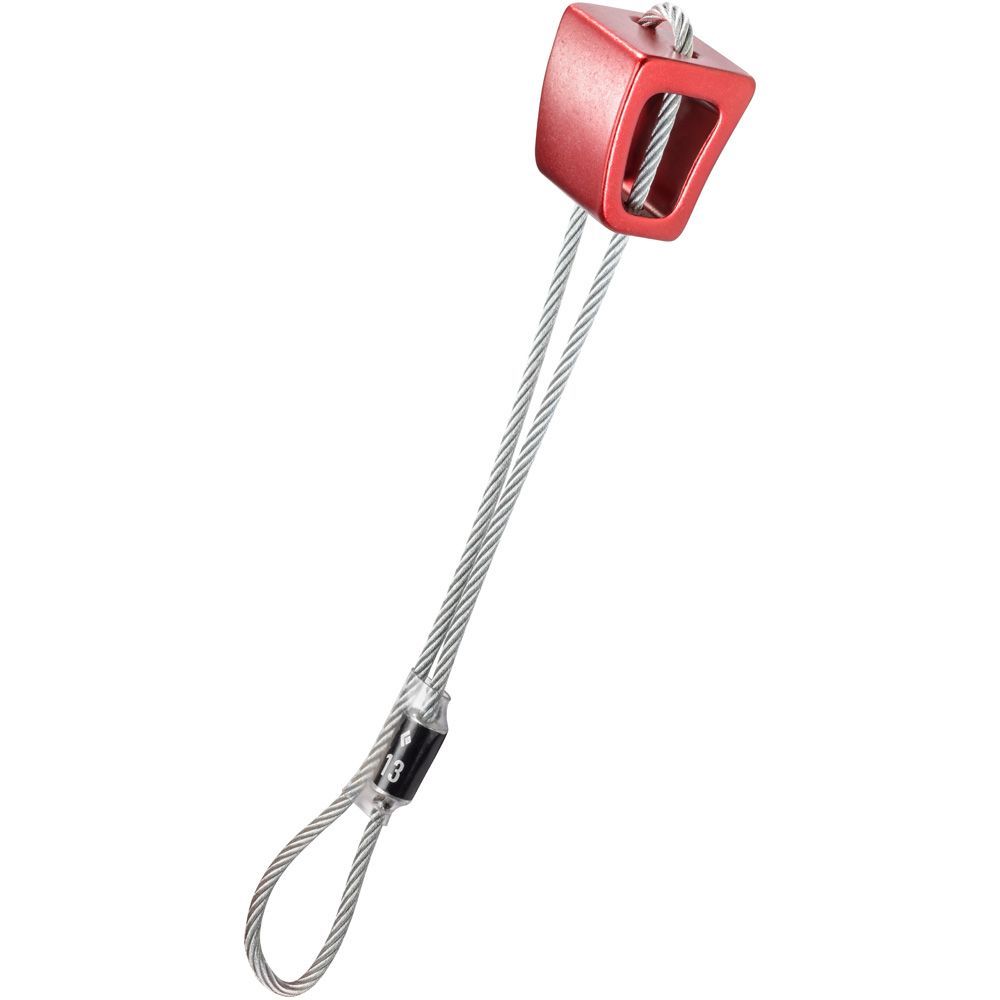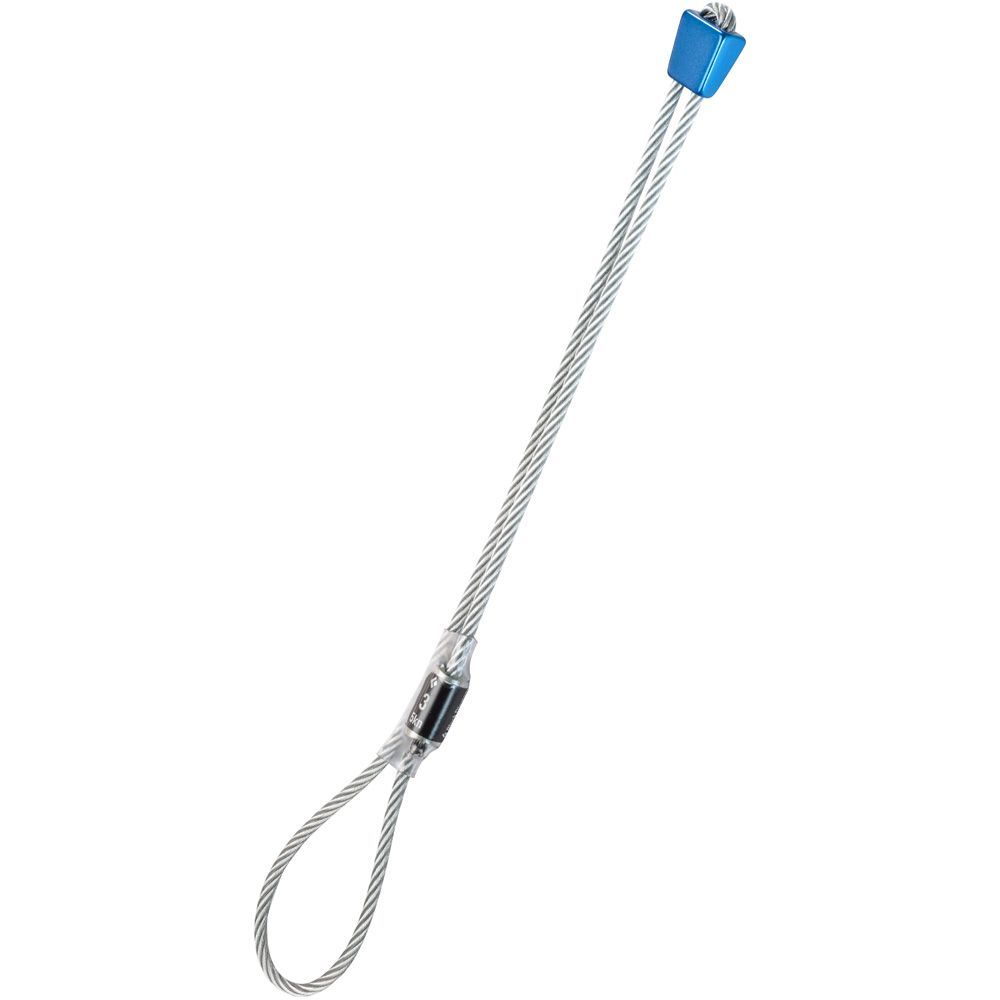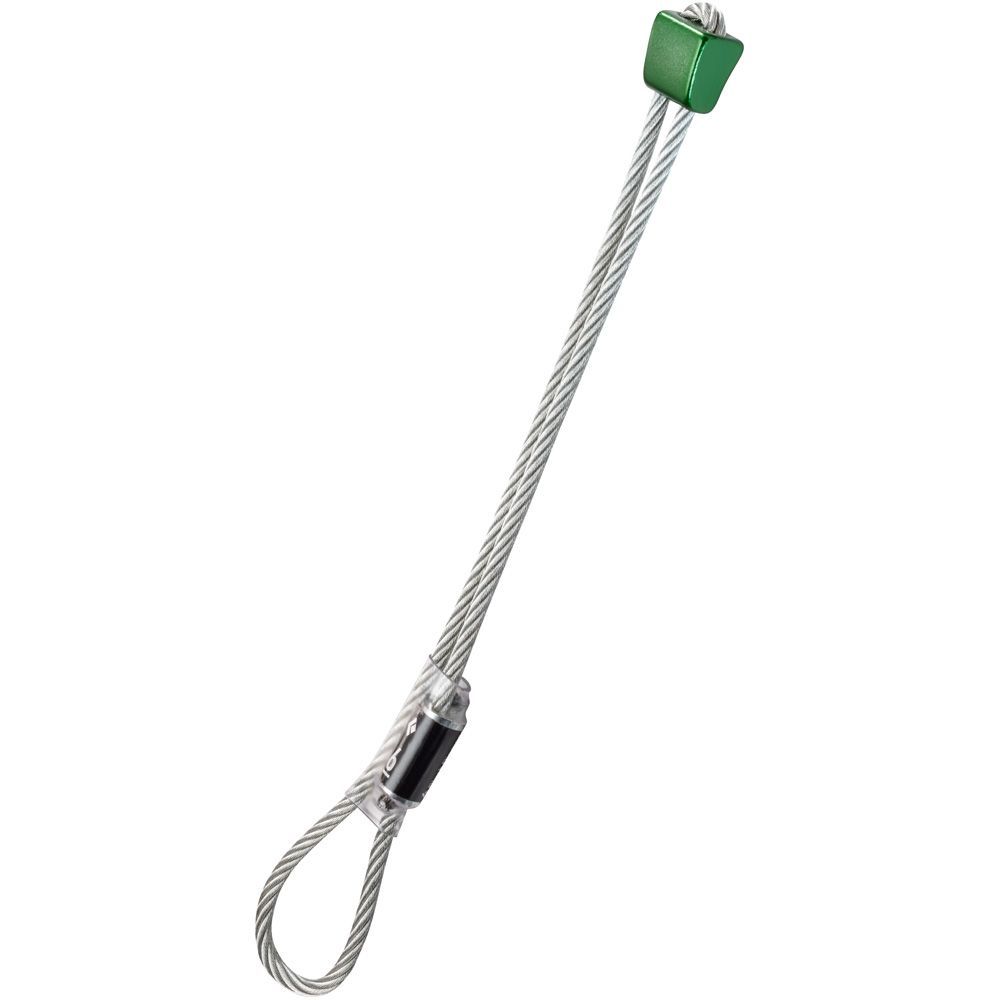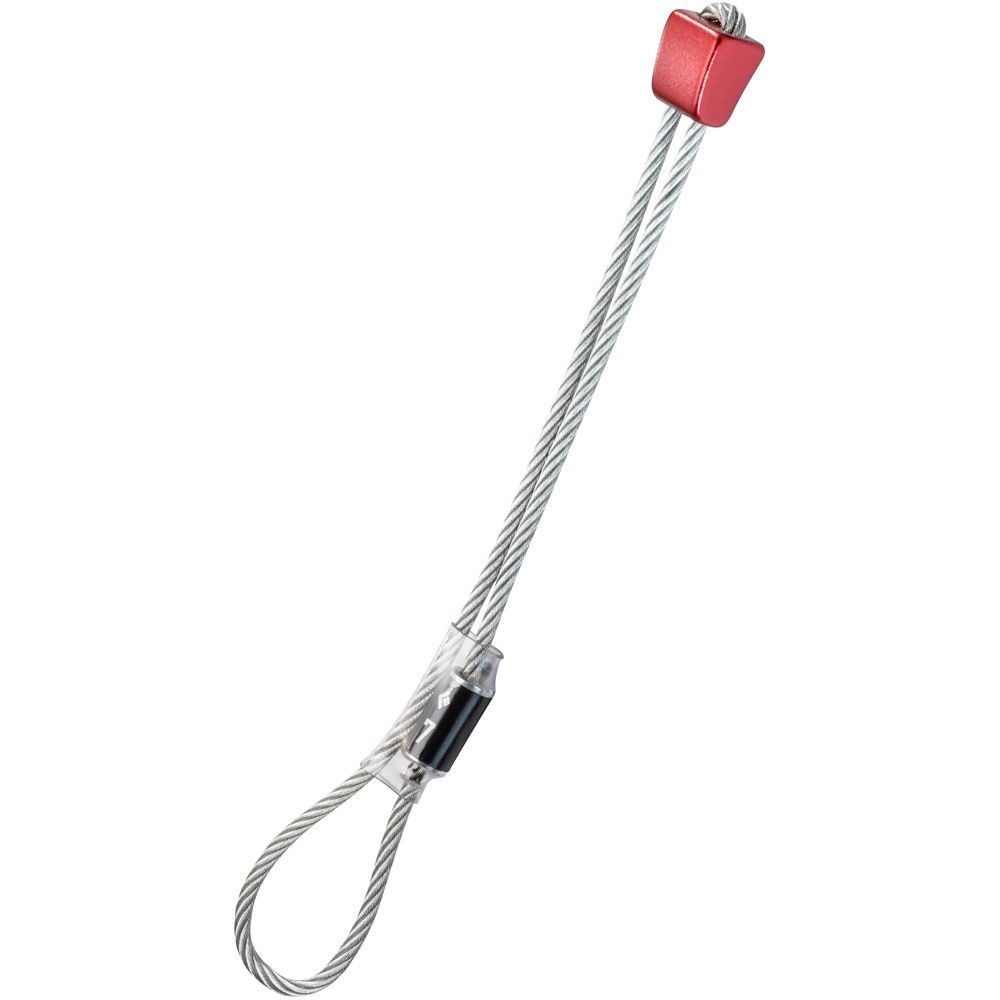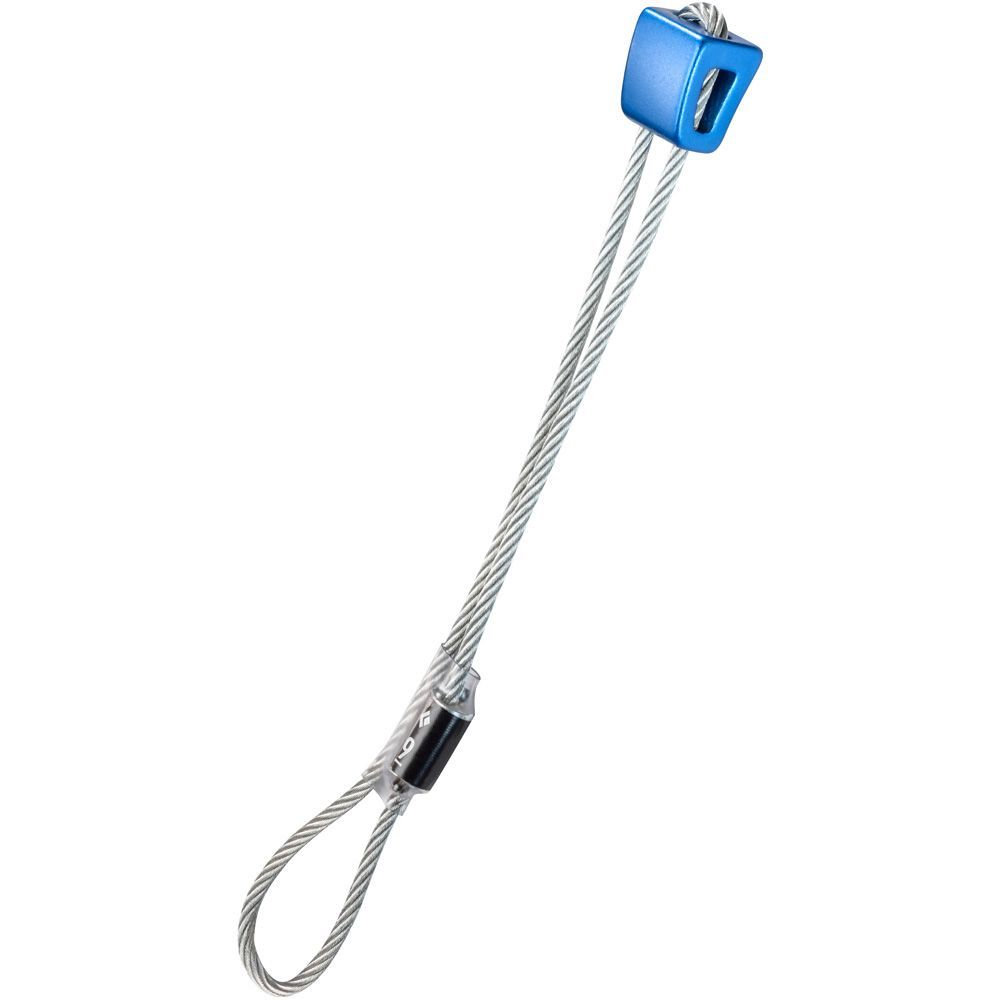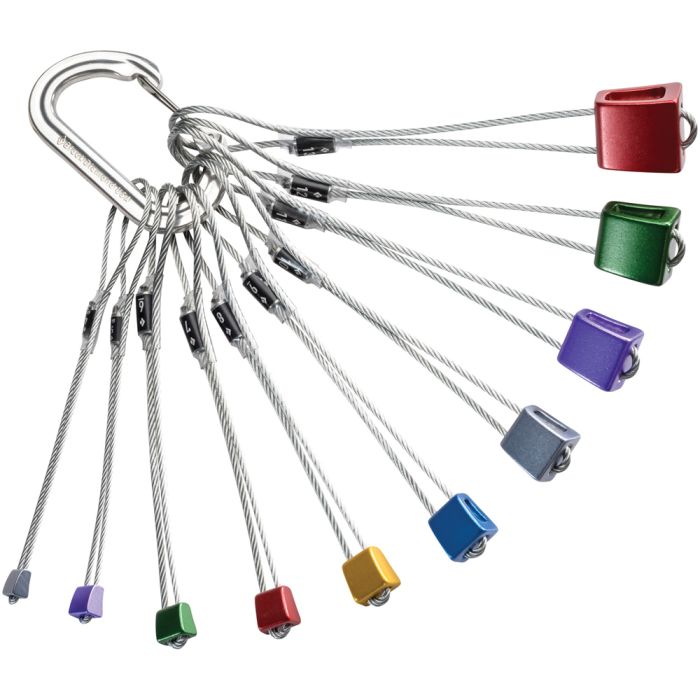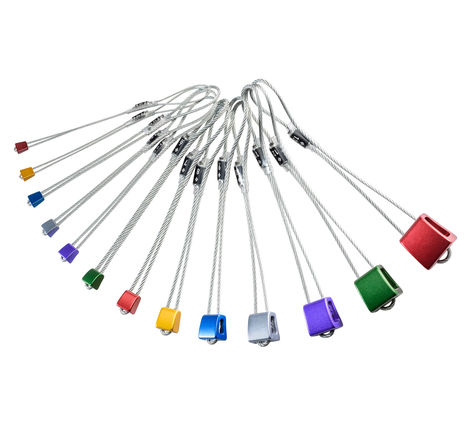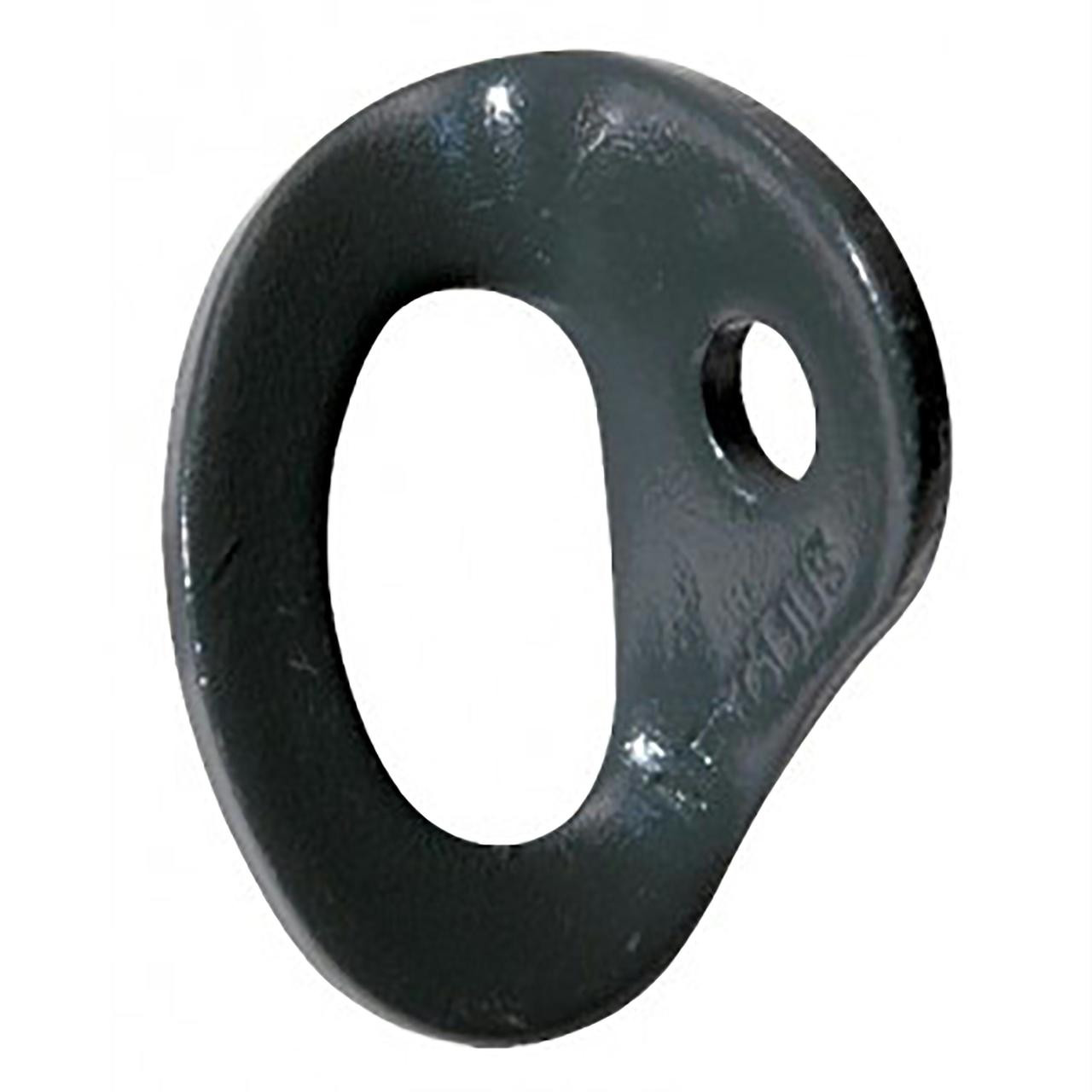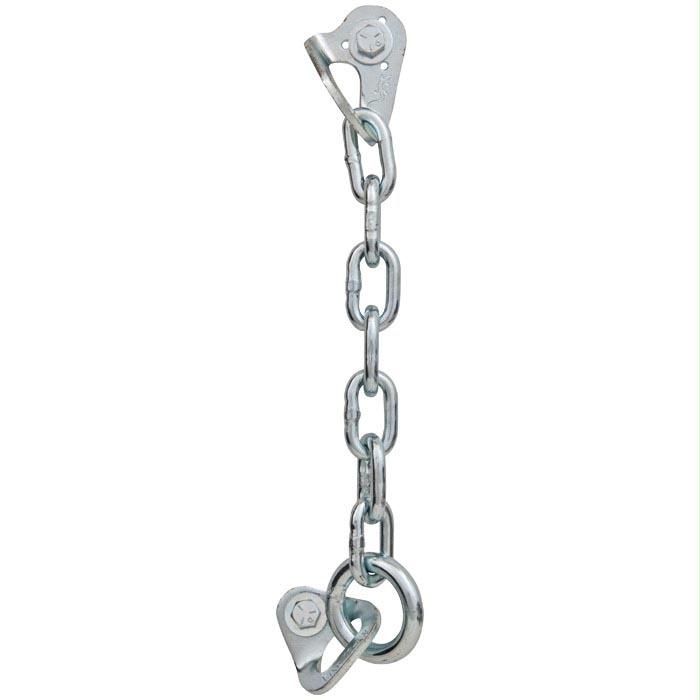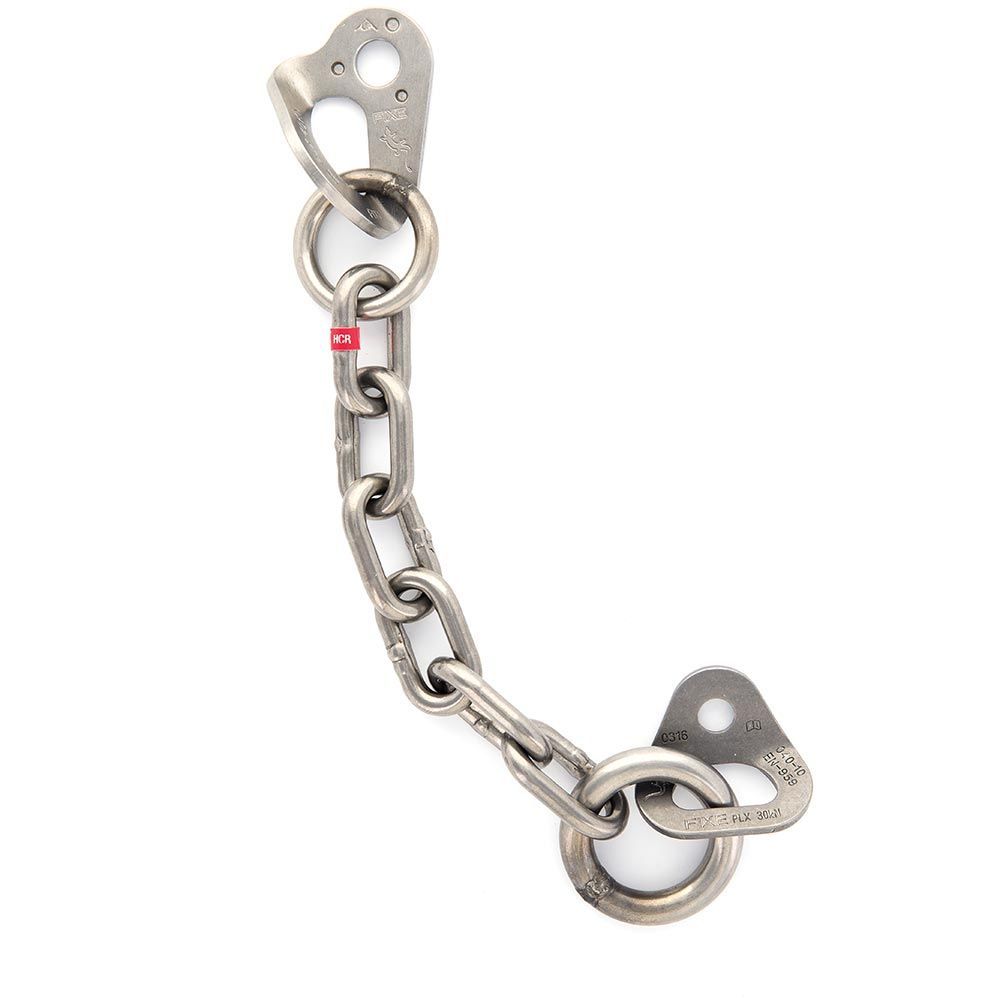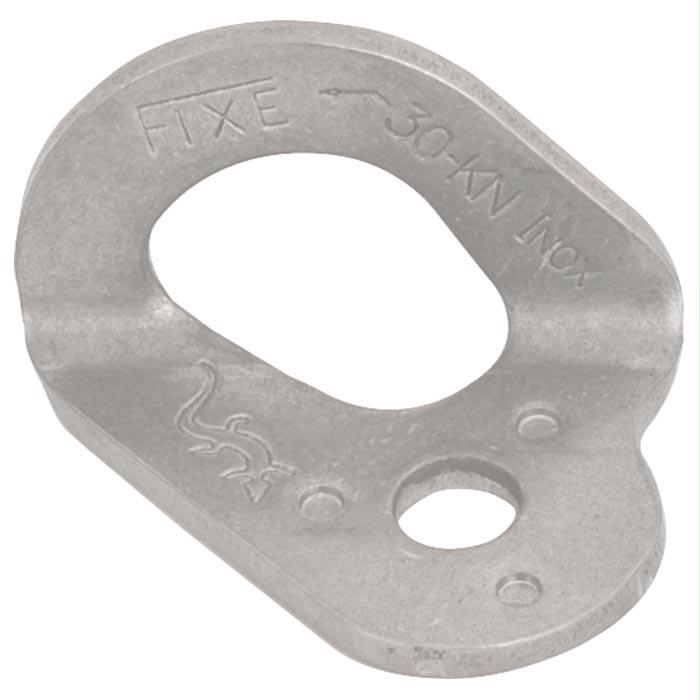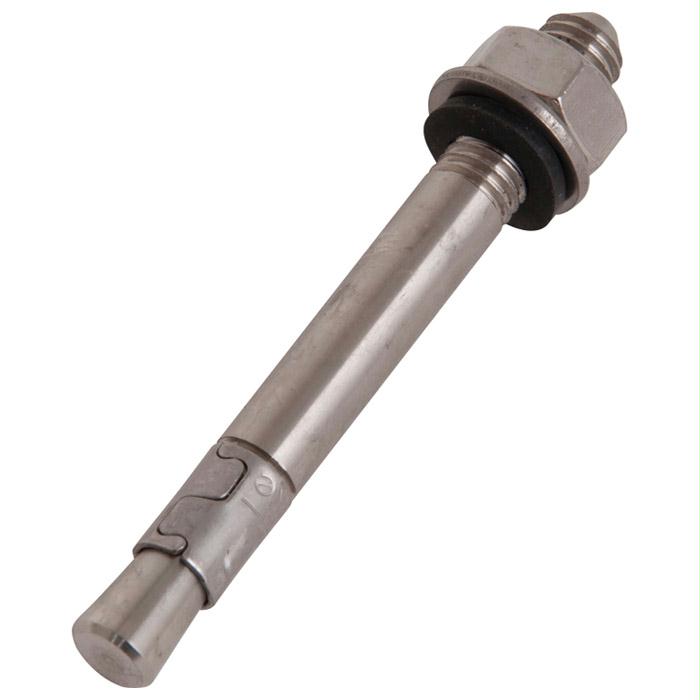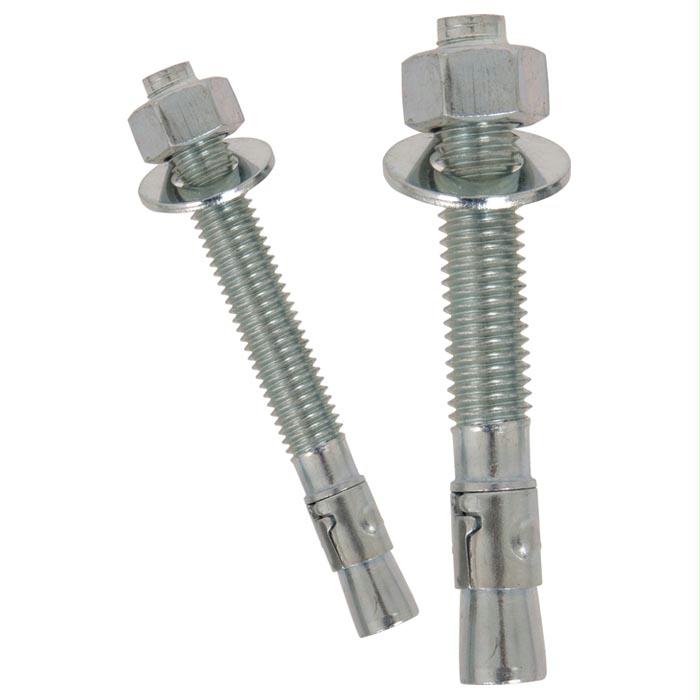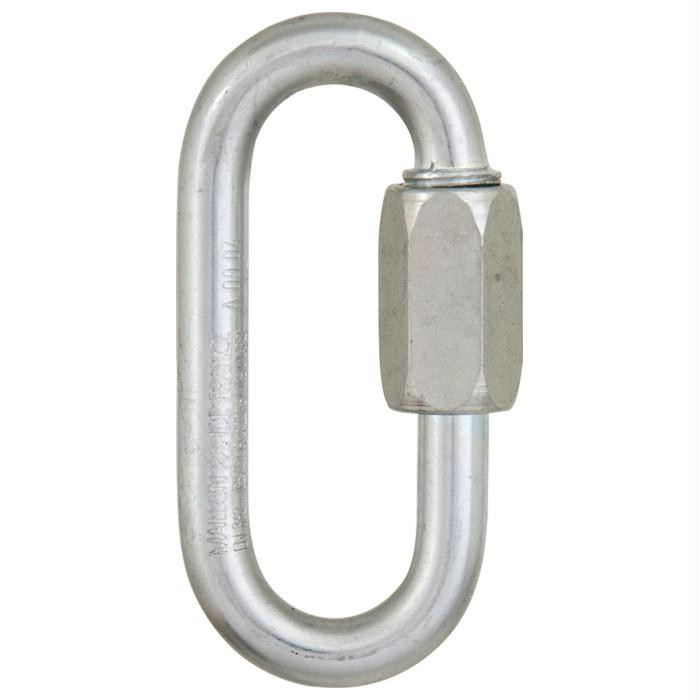Climbing Protection
Stay safe on the wall with premium Climbing Protection Gear
Climbing protection gear is the foundation of safe trad, alpine, and big wall climbing. At The Outdoor Warehouse, we carry a complete selection of cams, nuts, hexes, quickdraws, and passive protection designed to keep you secure while leading or building anchors. Whether you’re plugging gear in granite cracks or setting up alpine belays, the right protection gear is non-negotiable.
Also known as trad pro, climbing gear placements, passive pro, and active protection.
Why Climbing Protection Matters
- Safety: Secure placements protect against serious falls.
- Versatility: Gear for cracks, pockets, and alpine routes.
- Progression: Expanding your rack opens up harder climbs.
- Durability: Built to withstand repeated falls and tough conditions.
Understanding Climbing Protection Types
Active Protection (Cams & Spring-Loaded Devices): Expand to fit cracks of varying sizes, ideal for sandstone or granite trad routes. Popular models include Black Diamond Camalot C4 and Metolius Ultralight Master Cams.
Passive Protection (Nuts, Stoppers, Hexes): Rely on shape and constrictions in rock for secure placements — lightweight and durable. Favorites include DMM Wallnuts and Wild Country Rocks.
Quickdraws: Connect rope to bolts or gear, reducing rope drag and improving efficiency on sport or trad climbs.
Building a balanced rack of both passive and active protection ensures you’re ready for any line, whether cragging, alpine climbing, or ice routes where passive gear won’t freeze like cams.
Climbing Protection at a Glance
| Type | Best For | Key Features |
|---|---|---|
| Cams (SLCDs) | Trad routes, parallel cracks | Spring-loaded, versatile, reliable expansion |
| Nuts/Stoppers | Crack constrictions | Lightweight, durable, affordable |
| Hexes | Wide cracks, alpine climbs | Passive, lightweight, easy to place/remove |
| Quickdraws | Sport, trad, multipitch | Connects rope to bolts/gear, reduces rope drag |
Placement Techniques Snapshot
Good gear is only safe when placed correctly. Always test placements by gently tugging before committing. Extend cams and nuts with quickdraws or slings to reduce rope drag and keep gear from “walking.” For alpine or ice climbing, carry extra passive gear like nuts and hexes — they don’t freeze like cams can in wet or icy cracks.
Common Mistakes to Avoid
- Over-camming or under-camming SLCDs, leading to insecure placements.
- Failing to extend placements with quickdraws, increasing rope drag.
- Relying only on active pro without passive backups.
- Not practicing placement skills before leading on gear.
Climbing Protection Checklist
- ✔ Carry a mix of cams, nuts, and hexes for versatility.
- ✔ Inspect slings and lobes on cams before every climb.
- ✔ Keep quickdraws clean and replace worn dogbones.
- ✔ Retire protection after major falls or visible damage.
- ✔ Practice placements at ground level before committing on lead.
Build Your First Rack
Step 1: Start with a full set of nuts (e.g., DMM Wallnuts) and 6–8 quickdraws.
Step 2: Add cams in medium crack sizes (e.g., Black Diamond Camalot C4 #0.5–#2).
Step 3: Expand with smaller and larger cams plus hexes for alpine or wide cracks.
Step 4: Include rope bags and rope protectors to keep gear and ropes safe on long routes.
Pro Tip
Build your rack gradually: start with a basic set of Quickdraws and Carabiners, then add cams and nuts as you progress into trad climbing.
Pair With
Why Buy Climbing Protection from The Outdoor Warehouse?
- All gear meets or exceeds UIAA/CE safety standards.
- Trusted climbing brands like Black Diamond.
- The Outdoor Warehouse offers curated racks and fast shipping for all climbers.
Buying Guide Snapshot
New to trad? Start with a set of nuts and 6–8 quickdraws.
Leading multipitch? Double up on cams for popular crack sizes.
Alpine climbing? Lightweight hexes and passive pro save weight on long approaches.
Shop climbing protection today at The Outdoor Warehouse — secure, reliable, and trusted by climbers worldwide.

